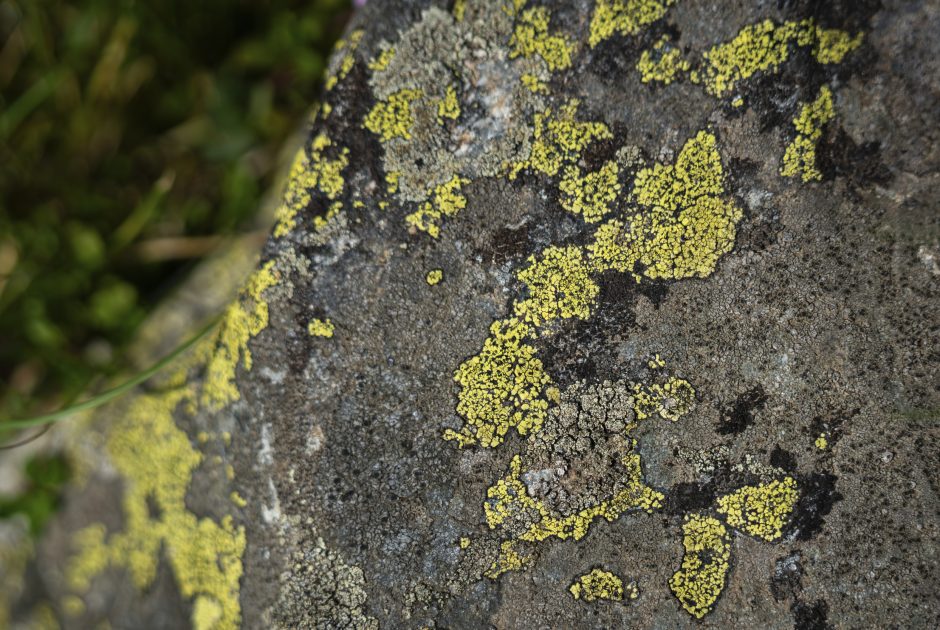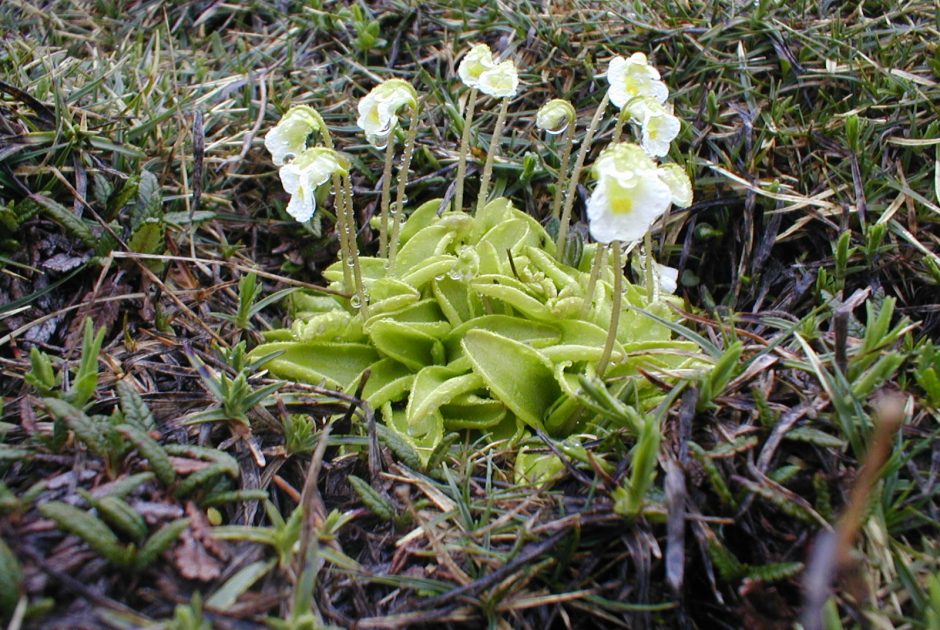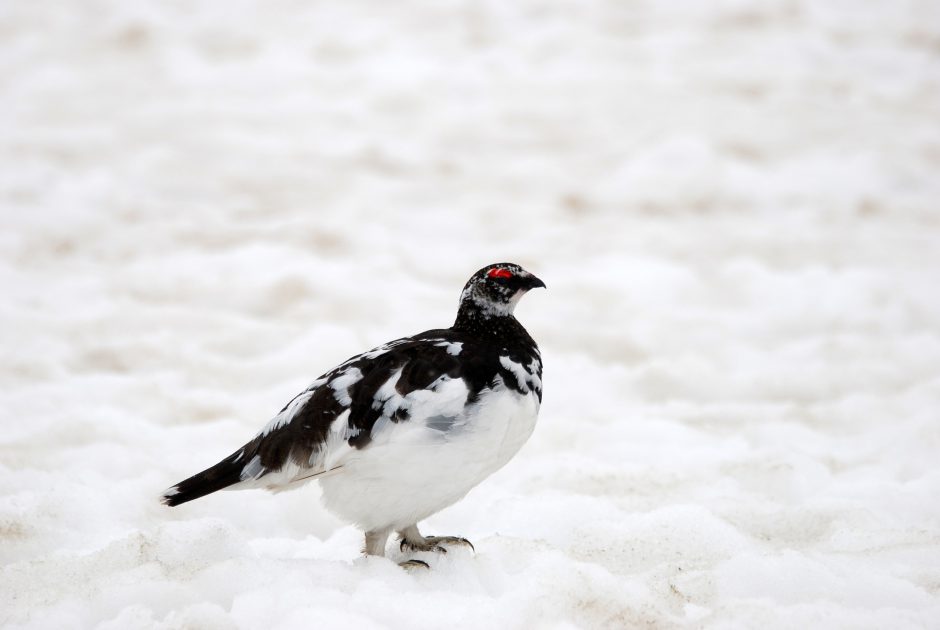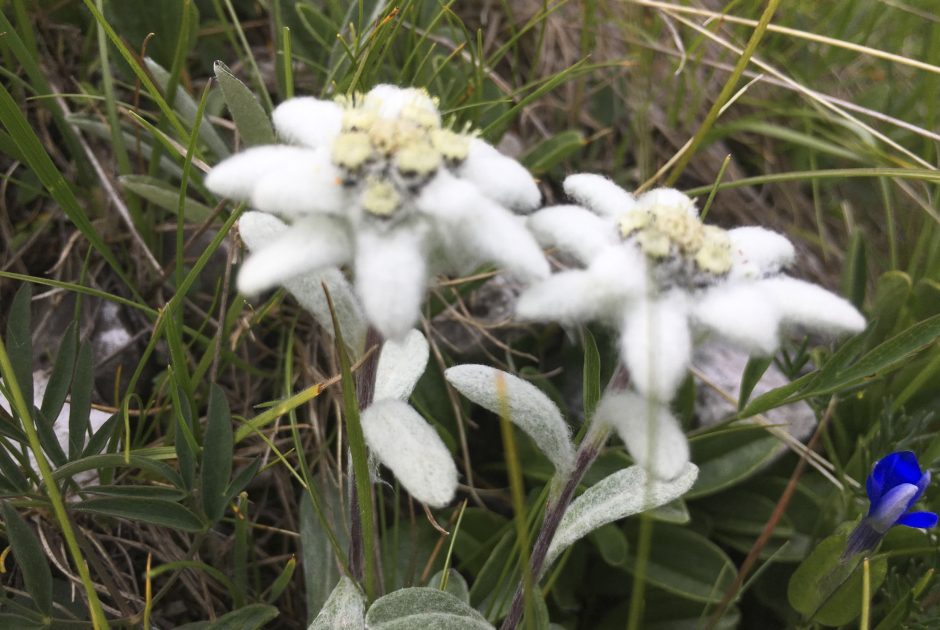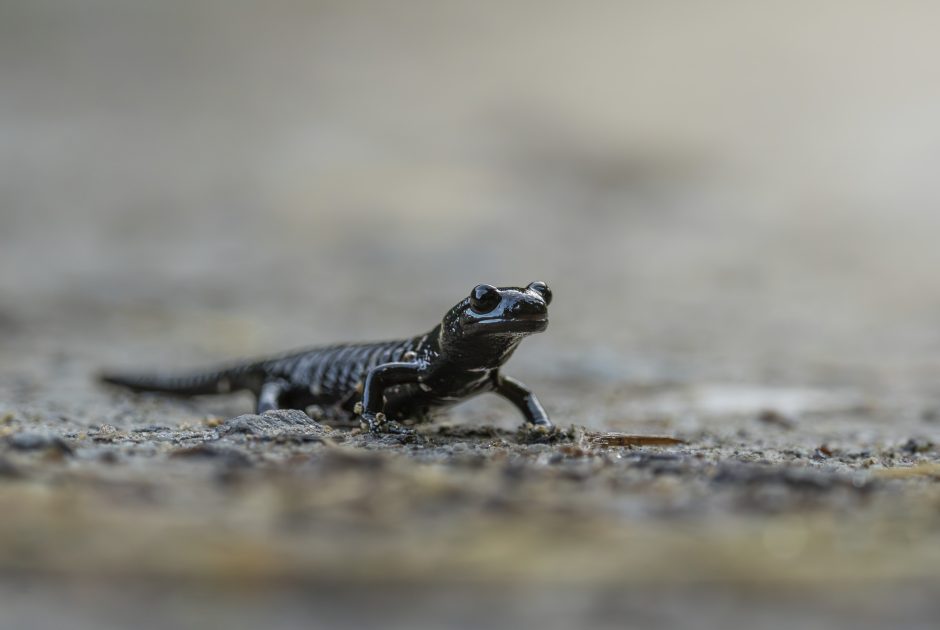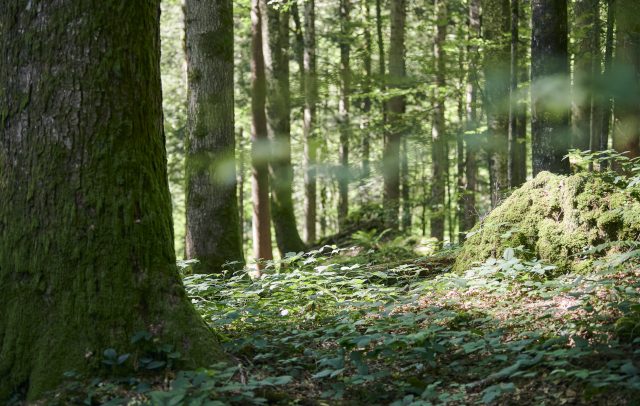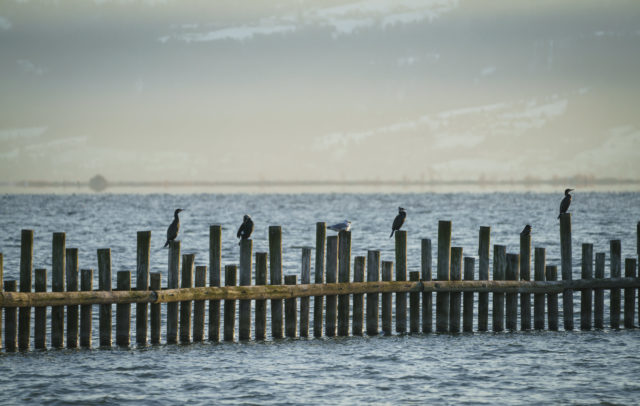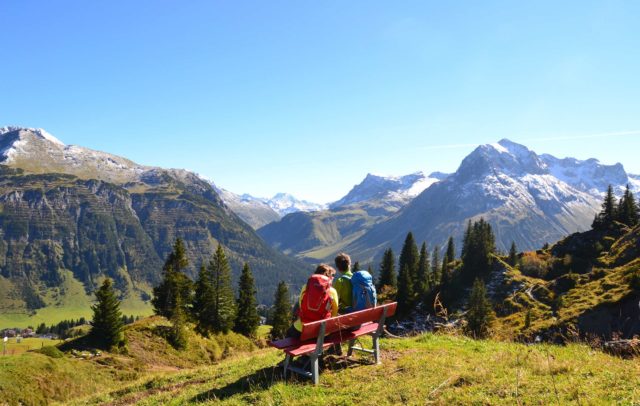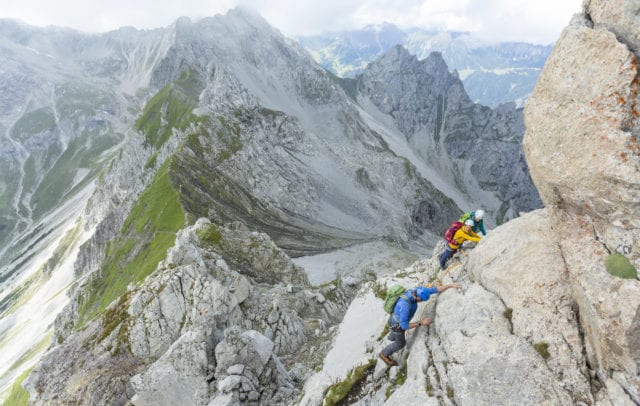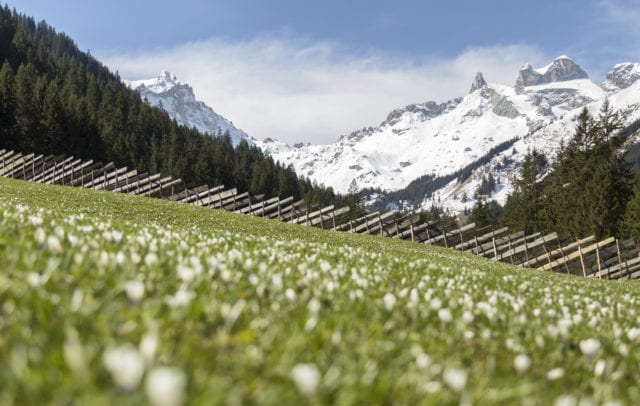
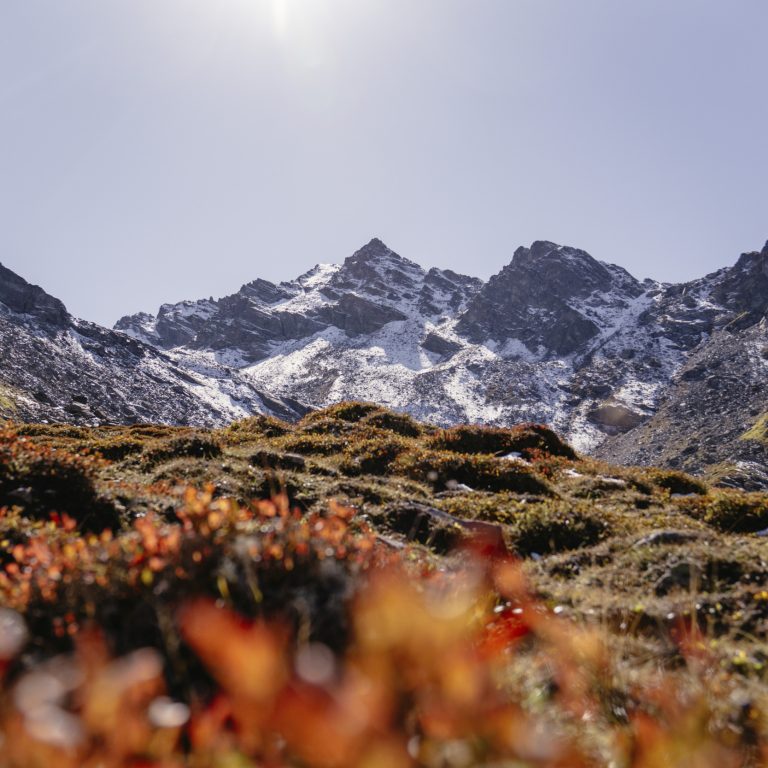
Nature tips Vorarlberg
Mountain habitat
While the mountains may appear wild and inaccessible, they are actually teeming with life.
Poor soils, high UV radiation, significant daily temperature fluctuations, strong winds, and long winters all characterise the mountain environment. While the mountains may appear wild and inaccessible, they are actually teeming with life. This Alpine region, with its lush meadows, rich biodiversity, and warm summer months, provides a unique habitat. A closer examination unveils a fascinating array of organisms that have successfully adapted to these challenging conditions.
The mountain habitats in Vorarlberg are amongst the last untouched natural areas in the region, supporting a diverse array of animal and plant species. Two-thirds of Vorarlberg’s land area is situated above 1,000 metres in elevation, with rocky habitats accounting for as much as 10% of the total area. This underscores that Vorarlberg is predominantly mountainous, and these habitats play a vital role in the region’s ecosystems. Here, a landscape of contrasts emerges, where living organisms have adapted to a varied living environment.
Alpine pasture farming is crucial at elevations between 1,500 and approximately 2,500 metres above sea level, as the diverse mountain meadows in Vorarlberg would not be as extensive without the gentle cultivation practices of past centuries. At higher altitudes, human influence diminishes. Here, rocky landscapes intersperse with mountain grasslands, providing habitats for specialised plants and animals. In this environment, one can encounter Ibexes, Golden Eagles, Edelweiss and Gentian flowers, as well as lesser-known species like the Wallcreeper, the Alpine azalea, and the world’s smallest tree, the Dwarf Willow.
In addition to the ecological factors, the geology of Vorarlberg’s mountains is worth noting. Five geological zones, each with distinct influences on the habitats, extend from south to north. These range from the Silvretta Crystalline in the south to the Northern Limestone Alps, including the Penninic and Helvetic zones, and finally the Molasse zone with its younger rocks in the northern Vorarlberg. This geological diversity serves as a foundation for the rich variety of species found in our mountain habitats, encouraging exploration of nature in Vorarlberg through captivating hikes.
Edelweiss and Cinquefoil
grow the steepest cliffs,
though it's rare to find them,
they are a treasure to behold.
Nature tips in the mountain habitat
-
01 Map Lichen - Witnesses to the passage of time in the mountains
Map Lichens (Rhizocarpon geographicum) are fascinating organisms that create a unique symbiotic relationship between a fungus and an algae. Their distinctive patterns are formed by the pigmented layer of algae within the lichen, which is projected onto the rock and contrasted by the white fungus. These lichens grow very slowly, often only a few millimetres per year, making them useful for age dating. For instance, if a lichen has a diameter of 100 mm, it likely indicates that the area has been ice-free for around 100 years.
Protection and conservation: Map Lichens are relatively common in the mountains of Vorarlberg. However, care should be taken not to walk off the paths, as the lichens can be damaged by trampling or breaking along climbing routes.
Tip for experiencing: Map Lichens can be found throughout Vorarlberg wherever silicate rock is present. They are particularly prevalent in the Montafon region, as well as in parts of the Grosses Walsertal, Bregenzerwald and Kleinwalsertal.
-
02 Common Butterwort - A carnivore in the mountains
The Common Butterwort (Pinguicula vulgaris) is a remarkable survivor belonging to the butterwort family. With its thick, elongated leaves arranged in a rosette, it can capture and digest microorganisms such as ants, flies, and beetles. This ability allows Common Butterwort to thrive even in extremely nutrient-poor environments, such as fens.
Protection and conservation: The Common Butterwort is still relatively widespread in Vorarlberg; however, its habitats, which are predominantly water-rich, are declining. Drainage measures and additional nutrient inputs from fertilizers pose significant threats to these unique and valuable areas. Efforts such as rewetting, sustainable agricultural practices, and staying on marked paths during hikes can help preserve the Common Butterwort’s habitats.
Tip for experiencing: You can find the common butterwort in and around springs and fens, at the source of springs, and often on slightly overgrown, moderately acidic soils. It tends to be quite scattered and is particularly found at higher altitudes.
-
03 The Rock Ptarmigan - A master of camouflage
The Rock Ptarmigan (Lagopus muta) is a fascinating bird of the high mountains. Its plumage changes with the seasons, turning snow-white in winter and adopting a camouflaged, brownish hue in summer. This adaptability enables it to survive in the snow-covered heights of the Alps while remaining inconspicuous to predators. The Rock Ptarmigan possesses specialised foot structures that allow it to walk on snow without sinking. In extremely cold and harsh conditions, it digs snow caves to shield itself from the chill. This bird prefers open Alpine landscapes, where it feeds on herbs, berries, and insects.
Protection and conservation: Despite its remarkable survival strategies, the Rock Ptarmigan still faces significant challenges. Climate change and habitat destruction pose serious threats to this fascinating Alpine species.
Tip for experiencing: When hiking, mountaineering, ski touring, or snowshoeing in the mountains, it’s essential to remember that these birds inhabit this area. It is our responsibility to protect these sensitive habitats. Ptarmigans can be spotted on many peaks above 2,000 metres in Vorarlberg. Always maintain a respectful distance—preferably observing them with binoculars—and keep dogs on a lead.
-
04 Edelweiss - The flower of eternity
The Alpine Edelweiss, part of the composite family, is arguably the most iconic flower in the Alps. Although it is considered a symbol of the region, its origins lie in the high steppes of Central Asia. The Edelweiss is easily recognisable thanks to its woolly, white-felted plant parts that are visible aboveground. The true flowers are clustered in the centre of the star, forming numerous individual flower baskets. Notably, the Edelweiss maintains its shape and colour throughout the summer without wilting, earning it the nickname “The immortal of the Alps.”
Protection and conservation: Due to its rarity, the Edelweiss has been fully protected in Vorarlberg for over 100 years
Tip for experiencing: The Edelweiss thrives in Alpine grasslands with limestone at elevations of approximately 1,800 to 3,000 metres. While it can also be found on rocky outcrops, it is increasingly associated with Alpine grassland. Since it is strictly protected, it must not be picked under any circumstances.
-
05 Alpine Salamander - A master of adaptation in the Alps
The Alpine Salamander (Salamandra atra) has adapted remarkably well to the conditions and habitats of the Alps. It lives at elevations between 600 and 2,600 metres, often found in shady forests, Alpine meadows, and rocky areas. During the winter months, these salamanders seek shelter under stones and in crevices to protect themselves from the cold. As the snow melts and spring arrives, they emerge from hiding to take advantage of the warmer temperatures for feeding and reproduction. The reproductive process of the Alpine Salamander is particularly fascinating; after mating, the female can store sperm in her sperm pocket and “activate” it for fertilization up to two years later. Unlike most amphibians, the female Alpine Salamander does not lay eggs in water; instead, she gives birth to 1 to 2 live young. These young salamanders are already fully developed at the time of birth.
Protection and conservation: Rising temperatures and changes in precipitation patterns can impact the Alpine Salamander’s habitat. Like all other amphibians, it is protected in Vorarlberg.
Tip for experiencing: To have the best chance of spotting an Alpine Salamander, consider hiking on rainy days or shortly after rainfall, particularly between May and August.



















